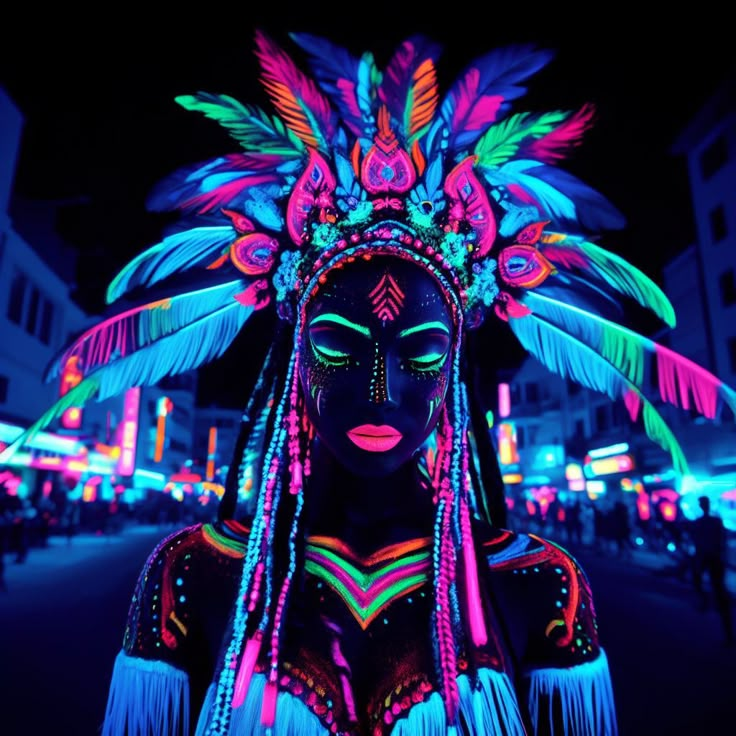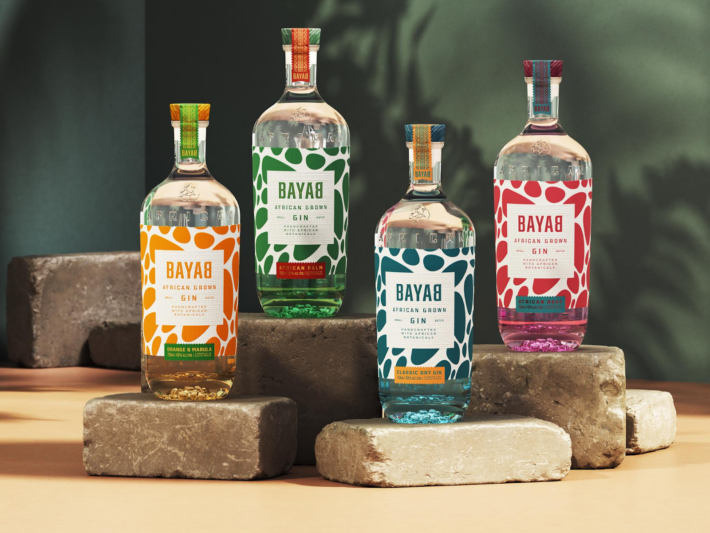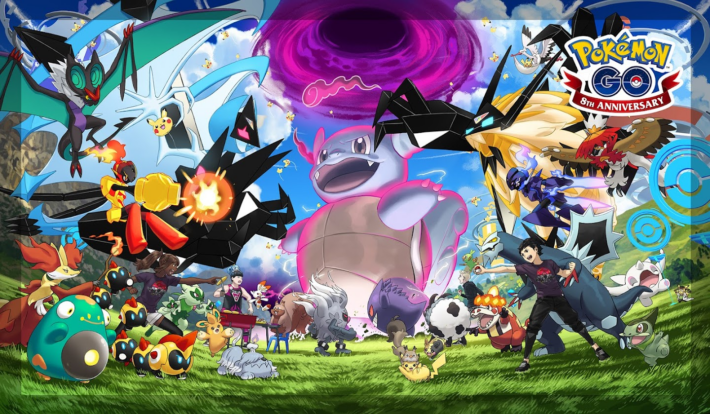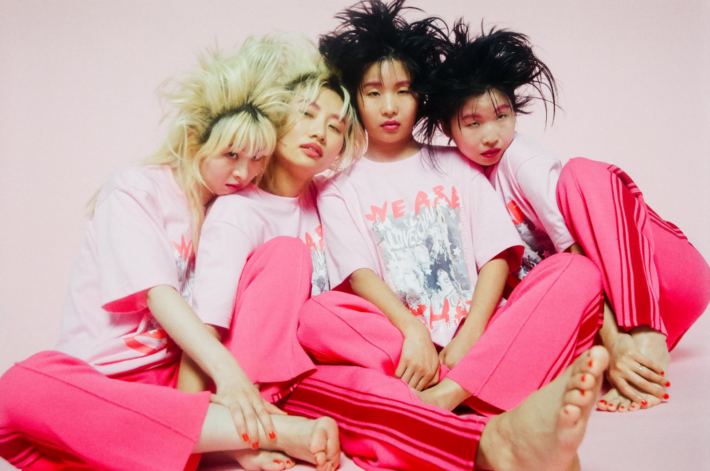Diaspora After Dark


Afro-Immigrant Nightlife, Unfiltered. Unscripted. Undeniable.
Afro-immigrant nightlife serves as a vibrant tapestry interweaving culture, identity, and economic influence across global cities. Beyond mere entertainment, these nocturnal spaces function as hubs for community cohesion, cultural preservation, and significant economic activity. This article delves into the multifaceted dimensions of Afro-immigrant nightlife, highlighting its cultural significance, economic contributions, and the challenges it faces in today’s urban landscapes.
Beyond the Dance Floor
Afro-immigrant nightlife isn’t just about music and partying—it’s a vital expression of identity, resilience, and community. Across global cities like London, New York, Paris, and Toronto, these spaces have become cultural hubs where diasporic communities don’t just gather; they affirm their heritage, rewrite narratives, and create movements.
For many, these venues serve as more than just places to dance. They are sanctuaries—safe spaces where cultural traditions are upheld, hybrid identities are embraced, and generational ties are strengthened. In cities where systemic barriers and social exclusion persist, Afro-immigrant nightlife offers an alternative reality—one where community triumphs over marginalization, where joy becomes a form of resistance, and where the diaspora isn’t just surviving but thriving.
From the underground Amapiano raves of Johannesburg to the Afrobeats-fueled soirées in Brooklyn, these spaces are shaping a new cultural lexicon. They are where music, fashion, and language merge to influence mainstream culture, proving that nightlife for Afro-immigrants is more than escapism—it’s a movement.

Economic Vibrancy of Afro-Immigrant Nightlife
Afro-immigrant nightlife significantly contributes to urban economies, fostering employment, entrepreneurship, and cultural tourism. While direct statistics on this sector are limited, the broader economic impact of Black immigrants in the United States provides insight into their influence.
In 2021, Black immigrant households in the U.S. earned a combined income of $153 billion. They contributed $24 billion in federal income taxes and $15 billion in state and local taxes, leaving them with $114 billion in spending power. This substantial economic presence underscores their capacity to invigorate various industries, including nightlife.
The entrepreneurial spirit within Afro-immigrant communities further amplifies this impact. For instance, Caribbean immigrants, who represent a significant portion of the Black immigrant population, have higher rates of naturalization and English proficiency, factors that facilitate business ownership. In 2018, the median household income for non-Hispanic Caribbean immigrants was $57,339, surpassing the national average of $54,689.
In urban centers like New York City, the nightlife industry plays a pivotal role in the local economy. While specific data on Afro-immigrant contributions is scarce, the overall significance of nightlife is evident. For example, in 2016, New York City’s nightlife industry supported approximately 299,000 jobs and generated $13.1 billion in employee compensation. Given the active participation of Afro-immigrant communities in the city’s cultural scene, it’s reasonable to infer that their contributions are substantial.
Beyond direct financial contributions, Afro-immigrant nightlife fosters cultural tourism, attracting visitors eager to experience authentic music, dance, and culinary traditions. This cultural draw not only benefits entertainment venues but also stimulates surrounding businesses such as restaurants, hotels, and retail establishments.
In summary, while precise figures on the economic impact of Afro-immigrant nightlife are limited, existing data on Black immigrants’ earnings and entrepreneurial activities suggest a significant and positive influence on urban economies. Recognizing and supporting this vibrant sector can lead to broader economic benefits and a richer cultural landscape in cities across the United States.

Cities at the Forefront
London: The Evolution of Black Nightlife
London’s Afro-Caribbean nightlife has historically been a cornerstone for cultural expression and community building. However, these venues have faced challenges due to gentrification and regulatory pressures. Research indicates that Black nightlife participants often encounter intensified scrutiny and segregation, with events labeled as “urban” subjected to heightened policing and confined to specific locales. Despite these obstacles, the resilience of London’s Black nightlife scene endures, continually adapting to the city’s evolving dynamics.
New York City: Community Initiatives and Cultural Preservation
In New York, initiatives like “The Lay Out,” founded by Emily Anadu, exemplify efforts to cultivate spaces centered on Black joy and community. Established in response to the 2020 racial justice movements, The Lay Out organizes events that celebrate Black culture, support local Black-owned businesses, and foster communal ties. Such endeavors highlight the proactive measures taken within Afro-immigrant communities to preserve and invigorate their cultural landscapes amidst urban challenges.
Paris: Historical Significance and Cultural Hubs
Paris boasts a rich history of Black cultural venues, such as the renowned jazz club Rockhead’s Paradise, which operated from 1928 to 1980. These establishments served as pivotal sites for artistic expression and social gathering within the Black community. Today, Paris continues to host a dynamic Afro-immigrant nightlife scene, reflecting the city’s diverse cultural fabric.
Toronto: A Mosaic of Afro-Immigrant Nightlife
Toronto’s multicultural landscape is mirrored in its Afro-immigrant nightlife, where diverse African and Caribbean communities contribute to a vibrant nocturnal scene. While specific case studies are less documented, the city’s inclusive ethos fosters a rich tapestry of cultural expressions within its nightlife venues.
Trends Shaping Afro-Immigrant Nightlife
Afro-immigrant nightlife is not just about the party—it’s an evolving cultural phenomenon that reflects shifts in music, technology, and identity. From the rise of Afrobeats in mainstream clubs to the way social media fuels underground movements, key trends are redefining how Afro-diasporic communities celebrate, connect, and express themselves.
1. Musical Influence: The Global Club Takeover
Afro-immigrant nightlife is driven by a powerful soundtrack, and genres like Afrobeats, Amapiano, and Afro-house have become the heartbeat of parties from New York to Tokyo. These sounds, rooted in Africa but shaped by diasporic experiences, are no longer niche—they dominate club playlists, festival lineups, and streaming charts worldwide.
Afrobeats’ Global Boom: Once confined to African and diasporic spaces, Afrobeats now commands mainstream attention. Nigerian artists like Burna Boy, Wizkid, and Tems regularly top global charts, and their music fuels Afro-centric parties across the U.S., Europe, and Asia. The genre’s inclusion at major festivals like Coachella and its adoption by Western artists underscore its widespread appeal.
Amapiano’s Explosive Growth: Originating in South Africa, Amapiano has become an international nightlife staple, characterized by deep basslines, log drums, and hypnotic grooves. Clubs in London, Berlin, and Dubai have dedicated Amapiano nights, showing its broad cross-cultural appeal.
Remixes & Fusion Sounds: DJs are blending Afrobeats with dancehall, hip-hop, and electronic music, creating a sonic fusion that resonates with a diverse audience. This cross-pollination makes Afro-immigrant nightlife a space of musical innovation.
2. Digital Engagement: Social Media as the New Promoter
Technology has transformed Afro-immigrant nightlife, allowing event organizers to break free from traditional promotion methods. Instagram, TikTok, WhatsApp, and Twitter (X) are the new dance floors where parties begin, fostering global connections and mobilizing communities.
Hashtag Parties & Viral Moments: DJs and event promoters leverage social media virality. Events like “Afrochella” in Ghana, “Detty December” in Lagos, and Amapiano brunches in London gain traction online before they even happen. Viral TikTok dance challenges often dictate club playlists, ensuring DJs stay in tune with digital culture.
WhatsApp & Telegram Event Communities: Many Afro-immigrant nightlife events rely on private group chats for guest lists, exclusive invites, and real-time event updates. This fosters a sense of exclusivity and keeps communities engaged beyond the dance floor.
Live Streaming & Digital Raves: The pandemic accelerated virtual clubbing, and elements of this remain. Instagram Live DJ sets, virtual Amapiano raves, and hybrid IRL-online party experiences keep the nightlife community connected across borders.
3. Cultural Fusion: Blending Tradition with Urban Nightlife
Afro-immigrant nightlife is more than music—it’s a multisensory experience that fuses heritage with contemporary club culture. From fashion and food to dance and venue aesthetics, Afro-diasporic spaces are reimagining nightlife with deep cultural authenticity.
• Fashion as a Statement: Ankara prints, kente cloth, and South African beadwork mix with urban streetwear at Afro-immigrant nightlife events. This fusion of traditional and modern aesthetics reflects a bold, hybrid identity.
• Food & Drink Pairings: The experience extends beyond the bar—Afro-immigrant nightlife often integrates street food culture, offering suya, jollof rice, plantains, and Caribbean-inspired cocktails. In cities like Toronto and Paris, pop-up restaurants inside clubs provide an immersive cultural experience.
• Venue Transformation: Afro-themed lounges, rooftop parties, and basement clubs reimagine African aesthetics, incorporating indigenous art, neon tribal patterns, and storytelling visuals. Spaces like Eletu in London and Lagos Fridays in New York have curated immersive Afro-futuristic nightlife experiences.
Challenges and Prospects
Despite its vibrancy, Afro-immigrant nightlife faces challenges including gentrification, regulatory hurdles, and cultural appropriation. In cities like London, the displacement of Afro-Caribbean clubs due to urban redevelopment has raised concerns about cultural erasure and the loss of communal spaces.
However, the future holds promise. Innovations such as virtual reality events and AI-driven music curation are poised to redefine nightlife experiences. Moreover, the increasing recognition of the economic and cultural value of Afro-immigrant nightlife may lead to more supportive policies and inclusive urban planning. As music continues to break barriers, digital communities expand, and Afro-diasporic entrepreneurs innovate, these spaces will only grow in influence. From Miami to Melbourne, Accra to Amsterdam, the rhythm of Afro-immigrant nightlife is unstoppable, shaping the way the world parties.


